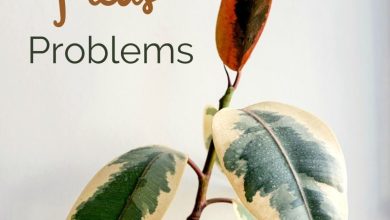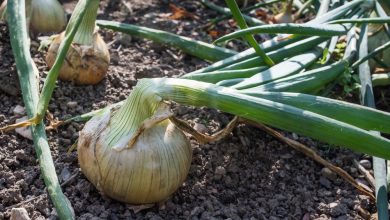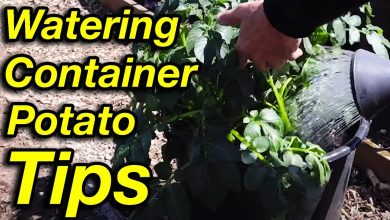Sulfur for Pest Control: What is it and How to Use it?
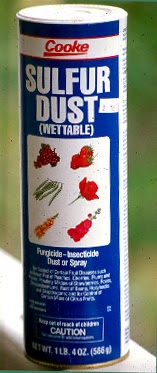
For crops to be healthy and produce properly, the use of sulfur has been one of the best strategies for pest control.
Its action is capable of combating fungi, mites and thrips, in different phases.
The plants have some sulfur in their structure, but sometimes they need support to deal with the agents that want to attack them.
What is sulfur?
Sulfur is a chemical element that has the advantage for agriculture of having low toxicity.
Its color is yellow and it can be found in different forms for use in agriculture.
 In fact, it is found naturally in significant quantities in the environment, even within plants.
In fact, it is found naturally in significant quantities in the environment, even within plants.
This presence is in pure form on one level and compounded with other elements on another level.
Therefore, plants are able to activate it the moment they notice a threat.
However, on many occasions this amount of sulfur is not enough and that is why external support sources are used.
Why is sulfur used to control pests?
Sulfur is used to control pests for several reasons:
- Fungi are capable of absorbing sulfur, preventing the latter from continuing their growth and reproduction.
- Plants also have the capacity to absorb the element, which causes an immediate expulsion response in the presence of any of the negative agents.
But in addition to that, it is important to note that it is easy to use, as it can be applied both from near and far.
This is depending on the type of state you are in.
What types of sulfur are there?
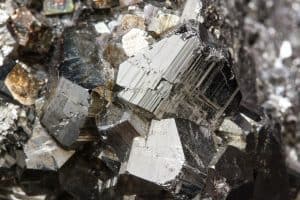 To assess the capacity of action that sulfur has on plantations, it is essential to know that it is a large family.
To assess the capacity of action that sulfur has on plantations, it is essential to know that it is a large family.
This means that the market offers different ways to apply it, in order to adjust to the particular needs of each planting.
Here we have:
- Ground Sulfur – As the name implies, this is a sulfur that has been granulated and sieved to ensure it is a fine powder.
- The flower of sulfur: it is sulfur in gaseous form that is obtained directly from working with solid sulfur, without making the element go through the liquid phase.
- Colloidal sulfur: it is a very fine sulfur that has very good adherence properties to plantations. Their presentations are very diverse, ranging from liquids such as self-emulsifying, to solids such as powders. The only detail to take care of is that they cannot be worked manually but with machinery.
- Crushed sulfur: resembles ground sulfur, except that it is obtained from larger sulfur particles and sifting is not used as a complementary process.
- Micronized sulfur: this is a sulfur that is obtained from crushed sulfur, obtaining the smallest particles to be used in powder form on plantations.
What uses is given to sulfur in agriculture?
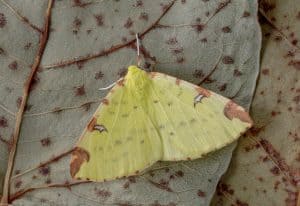 Although the main use of sulfur in agriculture is aimed at pest control, its usefulness is not reduced to this sole function.
Although the main use of sulfur in agriculture is aimed at pest control, its usefulness is not reduced to this sole function.
For crops to progress positively, it is necessary that the soil has the appropriate conditions.
In this sense, sulfur has the ability to help soils have the ideal pH for each type of planting.
On the other hand, pest control can be seen as a corrective event (after the pest appears), but it is also capable of working at a preventive level (before they appear).
It is also used in conjunction with other elements as a very good quality fertilizer.
Is it toxic to animals?
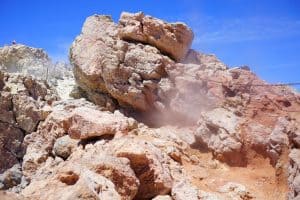 No. The toxicity level of sulfur is quite low when compared to other types of pest control elements.
No. The toxicity level of sulfur is quite low when compared to other types of pest control elements.
In fact, it is one of the safest components used in agriculture and gardening for living beings in general and everything that makes up the environment.
In some cases, due to issues that have to do with the structure of the plant itself, it is not possible to use it.
An example of this is some kinds of apple and pear trees.
In fact, sulfur is one of the characteristic products of organic farming.
In any case, it is necessary to study the action it has on bumblebees, for example, to allow the normal life cycle to be followed.
Can sulfur serve as a fungicide?
Yes. The main job of sulfur in agriculture is precisely to combat fungi.
In this way, when used in the correct proportions, the planting plants will show a much more careful appearance.
It is important to mention that sulfur has a very good action on fungi known as ascomycetes and specifically on powdery mildew.
This type of action is what has made its use so widespread in vineyards, leading winegrowers to apply sulfur when the fruit is still green.
Caution: Making good use of sulfur is important
However, it is important to clarify that its use cannot be taken lightly. It is necessary to be well informed about the correct application.
In the market there are products for agriculture and gardening made from sulfur. These, as long as they are used with good judgment, will generate good results.
As always, one of the keys to all this is to review the action of the fungicide in a small area of the plant.
This will avoid damaging the entire crop in the event of burns or some other unforeseen negative effect.
For example:Specialists recommend that its application not be carried out on days when external temperatures are very high.
The reason for this is that the element loses part of its properties due to evaporation and, with that, the strength to go against pests.
Both in the case of sulfur and many other chemical elements, the issue is not to use it but to know how to use it.
Have you worked with sulfur before? How about you tell us about your experiences below?

